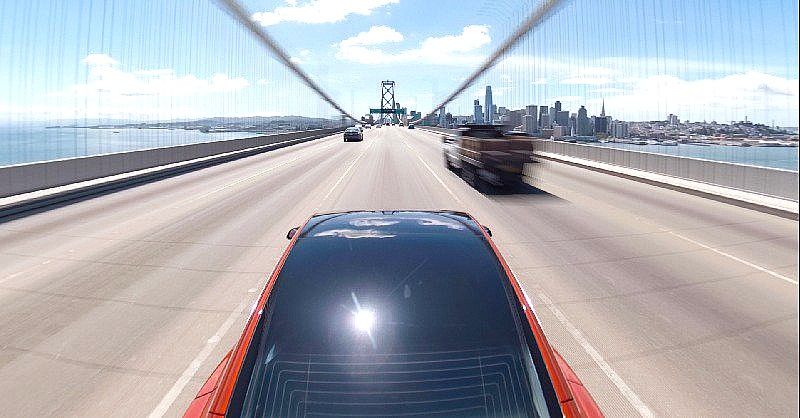Like many things about Elon Musk, Tesla’s approach to achieving autonomous driving is polarizing. Bucking the map-based trend set by industry veterans such as Waymo, Tesla opted to dedicate its resources in pursuing a vision-based approach to achieve full self-driving instead. This involves a lot of hard, tedious work on Tesla’s part, but today, there are indications that the company’s controversial strategy is finally paying off.
In a recent talk, Tesla AI Director Andrej Karpathy discussed the key differences between the map-based approach of Waymo and Tesla’s camera-based strategy. According to Karpathy, Waymo’s use of pre-mapped data and LiDAR make scaling difficult, since vehicles’ autonomous capabilities are practically tied to a geofenced area. Tesla’s vision-based approach, which uses cameras and artificial intelligence, is not. This means that Autopilot and FSD improvements can be rolled out to the fleet, and they would function anywhere.
This rather ambitious plan for Tesla’s full self-driving system has caught a lot of skepticism in the past, with critics pointing out that map-based FSD is the way to go. Tesla, in response, dug its heels in and doubled down on its vision-based initiative. This, in a way, resulted in Autopilot improvements and the rollout of FSD features taking a lot of time, particularly since training the neural networks, which recognize objects and driving behavior on the road, requires massive amounts of real-world data.
